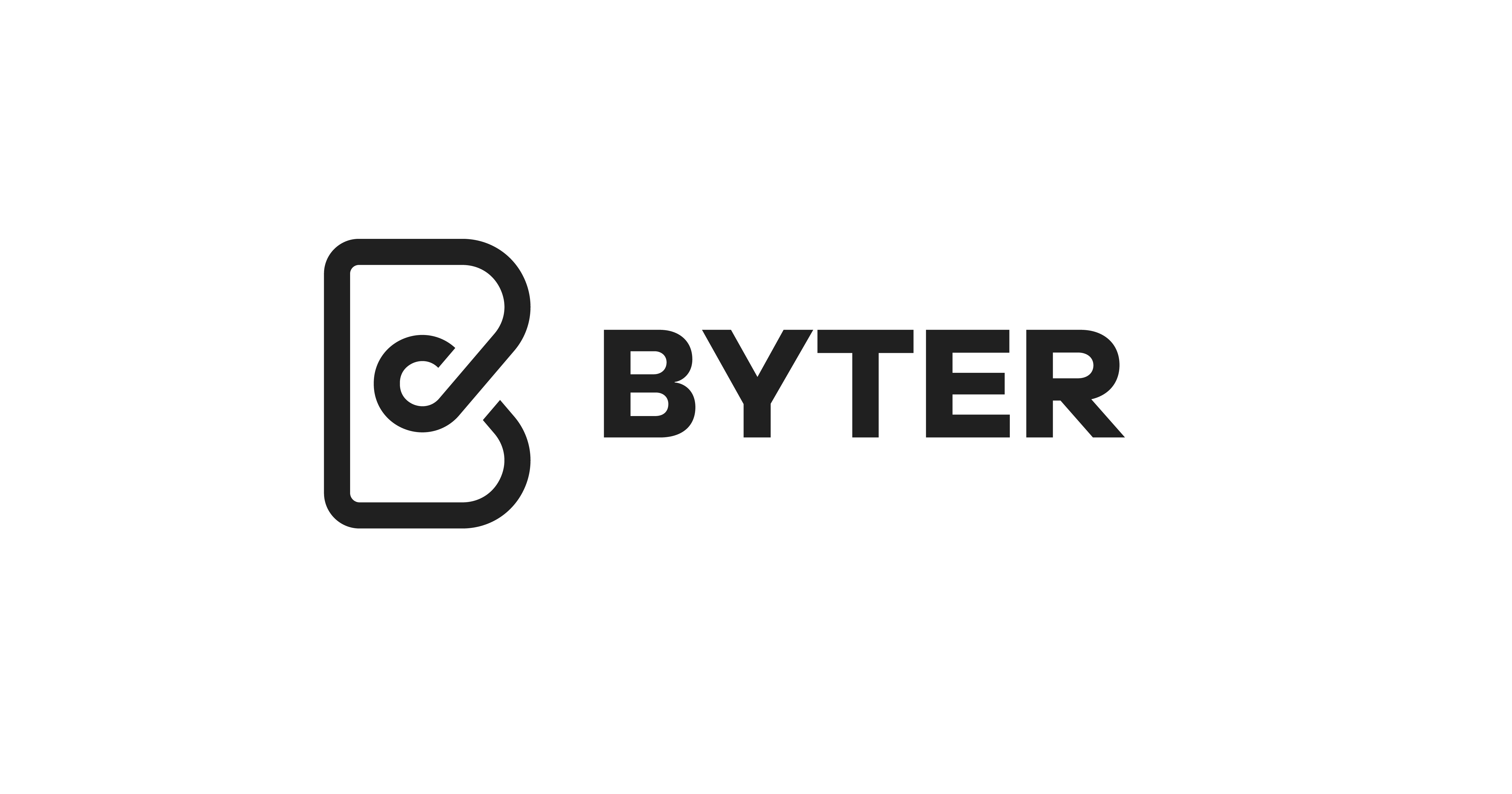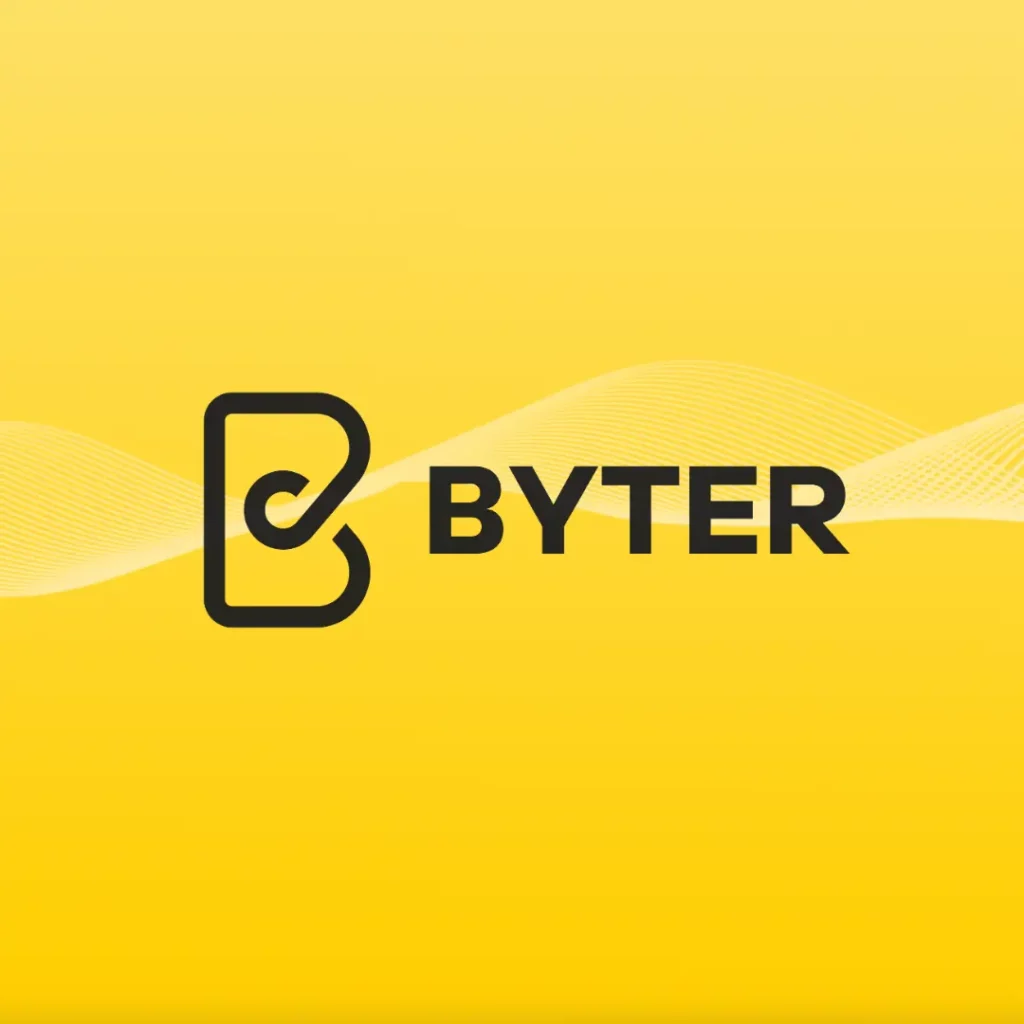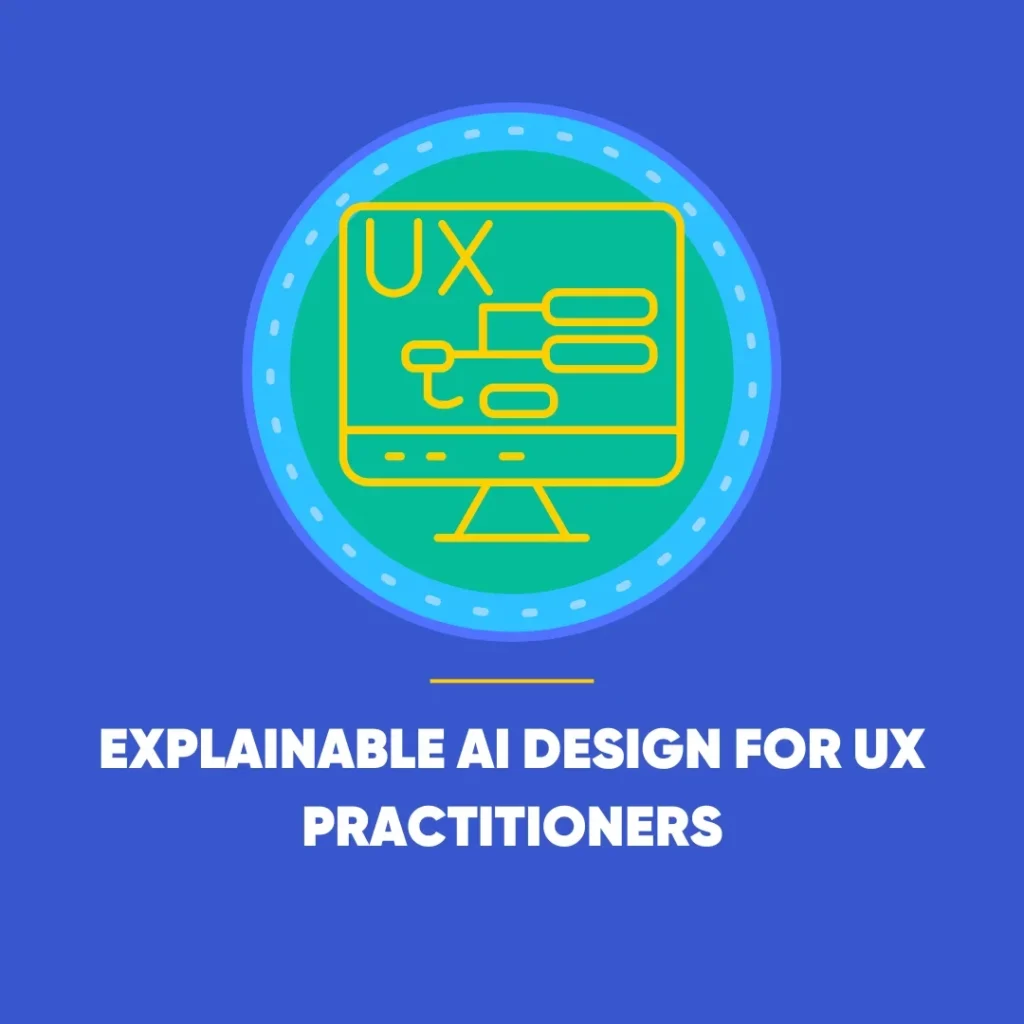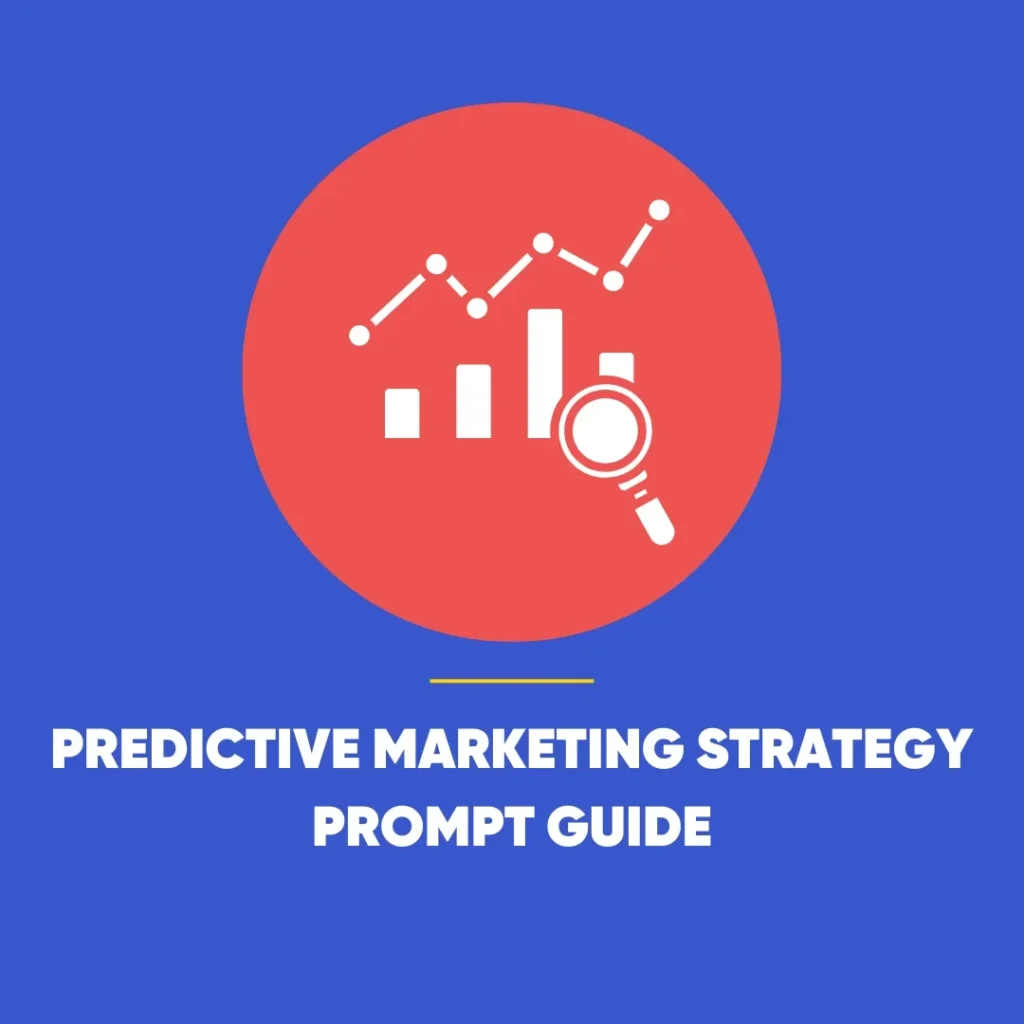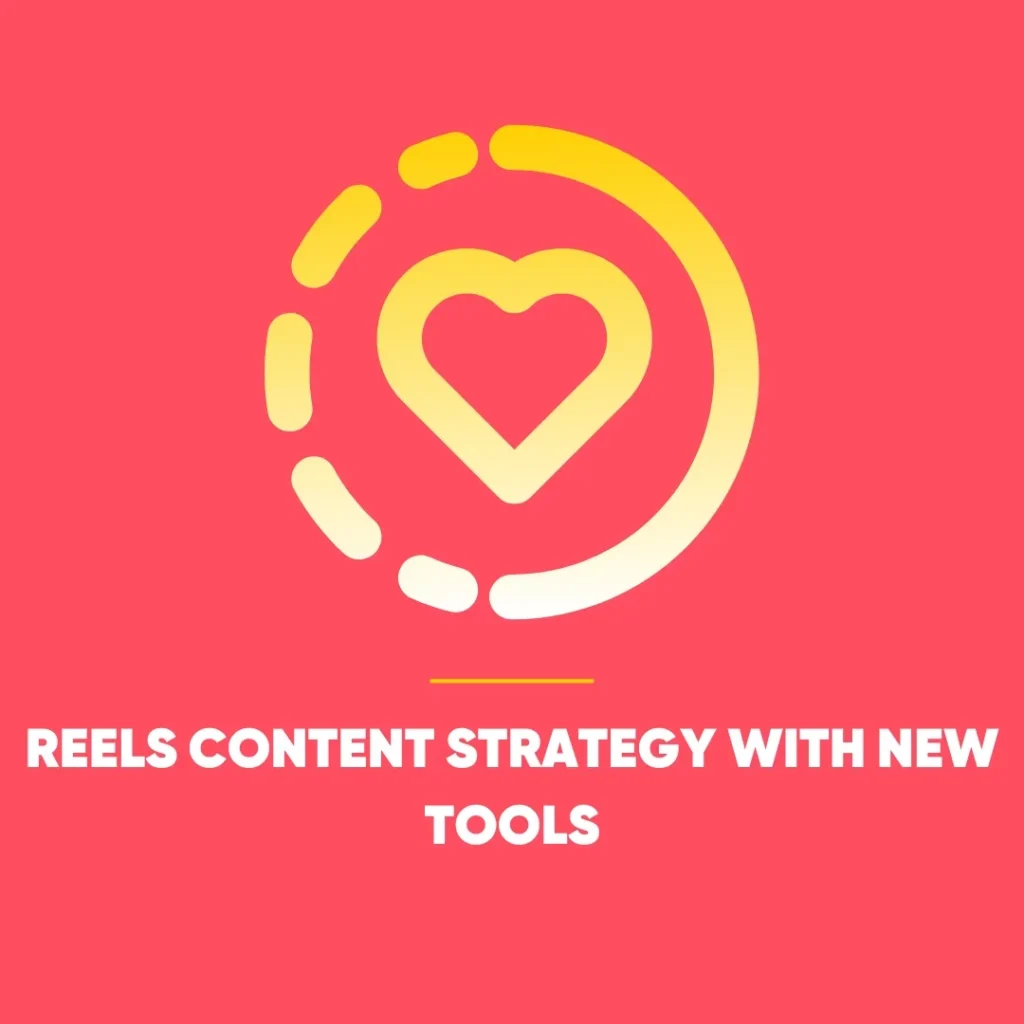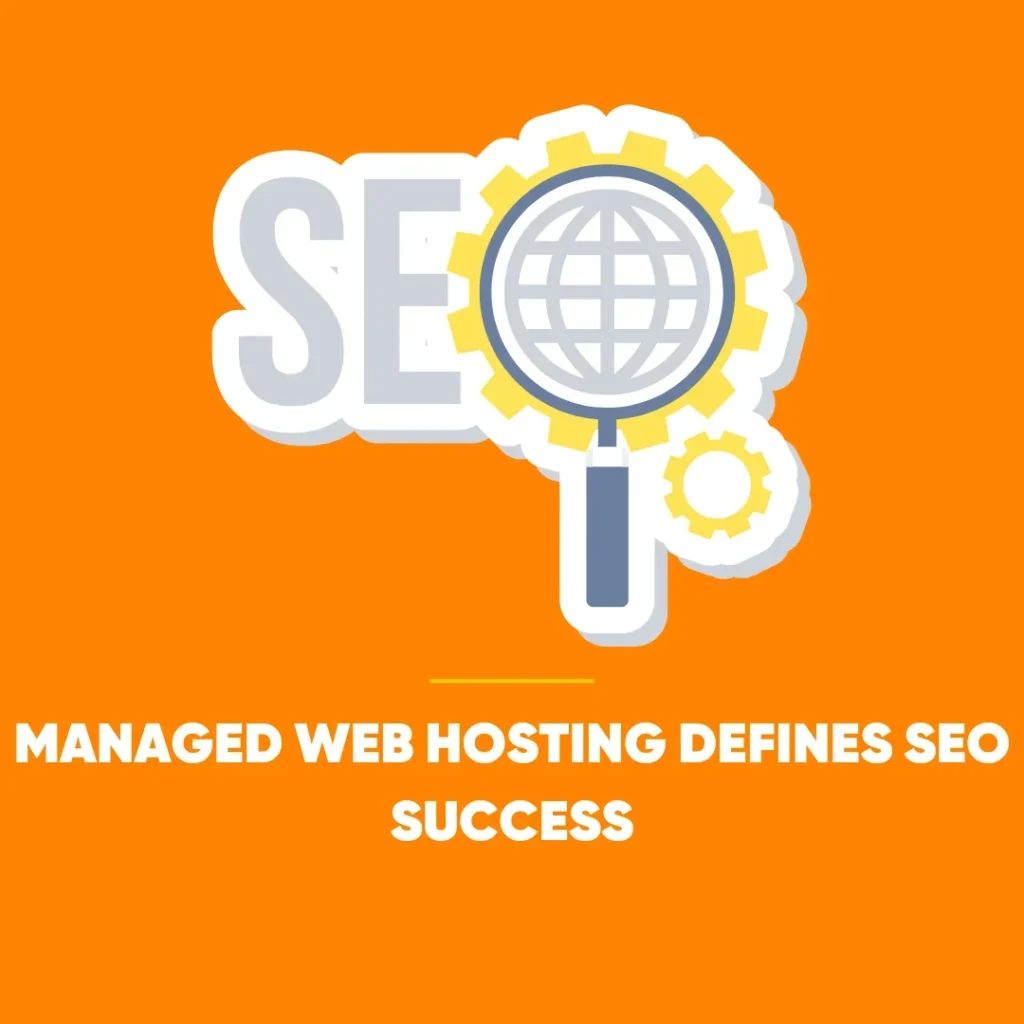Semantic Content Optimisation for Google Search
As Google shifts to AI-driven search, semantic content optimisation is replacing traditional SEO as the key to visibility. Content creators and marketers must now rethink their strategies to ensure visibility in a landscape where clicks are no longer a given.
This guide, therefore, explores the strategic changes required to remain visible in Google’s AI-first search environment. Specifically, from outdated tactics to fresh opportunities, it outlines how to future-proof content in an AI-driven search landscape.
Why Brand Visibility Now Comes Before Clicks: Semantic Content Optimisation
Previously, the model was simple: create optimised content, drive traffic, and eventually build brand awareness. However, in today’s AI-led search environment, that process has now reversed.
Now, content is surfaced not merely for matching keywords, but for aligning with user intent across various platforms within Google’s ecosystem – such as YouTube, Maps, Gmail, and Chrome. Content that resonates with AI-powered engines tends to come from well-recognised, trusted sources.
Brand Authority Is Not Optional
In other words, authority is no longer built solely through SEO. It must be established through a broader digital presence that feeds Google’s understanding of a brand. Companies looking to thrive need to focus on:
- Maintaining a consistent, compelling presence across social media
- Earning coverage from high-authority publications
- Engaging in strategic advertising
- Involving subject-matter experts across content initiatives
Six Strategic Shifts for AI-Ready Content: Semantic Content Optimisation
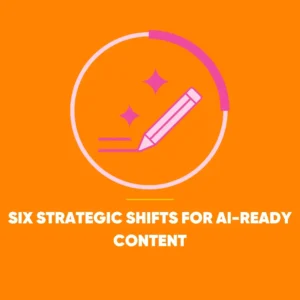
In order to stand out in AI-driven search, brands must therefore adopt a new set of strategic priorities. Accordingly, here are six key approaches content teams should consider.
1. Target Complete User Intent, Not Just Keywords
Google’s AI, for example, expands user queries behind the scenes by generating synthetic questions from a core search term. As a result, content targeting just one keyword is unlikely to be enough.
Take a search for “best running shoes” as an example. AI might extrapolate related questions like:
- Which brands do professional runners prefer?
- How do I know if my running shoes fit correctly?
- Which models offer the best cushioning for long-distance runs?
To compete, content should address a full spectrum of related queries. This includes:
- Comparative guides and brand analyses
- Buying criteria for different user profiles
- Common product-related problems or concerns
- First-hand reviews and use cases
Semantic content optimisation helps address every user intent angle, making it harder for AI to overlook your content in results.
2. Structure for Modularity and Clarity
Google’s AI engines no longer treat content as a single unit. Instead, they parse pages into individual sections or “passages” to extract relevant insights.
In order to be easily retrieved and quoted by AI, content must be modular and digestible in standalone sections. To achieve this, consider the following approach:
- Write clear, descriptive subheadings that reflect user questions
- Begin sections with concise summaries that answer the key query
- Use bullet points, numbered lists, and tables for quick reference
- Include internal anchor links to improve navigability
- Avoid jargon or convoluted sentence structures
This approach not only benefits search engines but also makes content easier for human readers to consume quickly.
3. Become a Source, Not a Commentator
Since AI values originality, brands should use semantic content optimisation to create primary content that offers unique informational value. In doing so, they contribute meaningfully to the evolving information landscape.
What qualifies as original content?
- In-house research or data reports
- Survey findings or benchmark studies
- Expert-led opinion pieces
- Proprietary frameworks or methodologies
Therefore, original insights are more likely to be cited by websites and recognised by AI systems as reliable sources. Over time, this in turn builds domain authority and boosts citation potential in AI-generated summaries.
4. Embrace Multimodal Content From the Start
As AI evolves, it increasingly processes information in multiple formats – text, image, video, and even audio. As a result, the most effective content strategies are those that incorporate multiple media from the beginning.
For example:
- Pair how-to guides with demonstration videos
- Present data through infographics and charts
- Turn blog articles into short-form clips for social media
- Extract quotes from webinars to repurpose into social content or pull quotes
Multimodal content increases visibility across platforms and helps future-proof content as AI capabilities continue to evolve.
5. Prioritise Direct Relationships Over Algorithm Dependency
As AI answers queries directly in search, semantic content optimisation reduces reliance on unpredictable organic click-through traffic. Instead, brands should focus on building owned channels and direct relationships with their audience.
Here’s how to get started:
- Develop an email list with high-value newsletters
- Host podcasts or webinars to deepen engagement
- Build community through forums, Slack groups, or private social platforms
- Offer resources or courses behind a subscription model
These touchpoints reduce reliance on volatile search algorithms and foster lasting connections with audiences – regardless of how Google changes in the future.
6. Align Your Content for AI Attribution
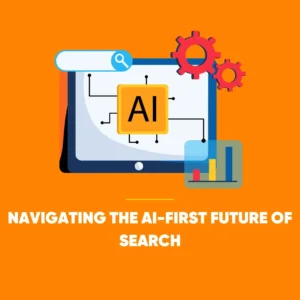 When Google’s AI delivers answers, it sometimes attributes the source. To be featured as a citation, your content needs to demonstrate semantic alignment and trust.
When Google’s AI delivers answers, it sometimes attributes the source. To be featured as a citation, your content needs to demonstrate semantic alignment and trust.
Key strategies include:
- Writing with precision and clarity, avoiding vague language
- Backing claims with data, citations, and expert commentary
- Building backlinks from reputable domains to strengthen authority signals
- Getting mentioned in respected industry publications to improve entity recognition
Essentially, content that both answers questions and proves its credibility stands a better chance of being cited by AI-driven features.
Final Thoughts: Navigating the AI-First Future of Search
With semantic content optimisation, brands improve their chances of being selected as trustworthy sources in AI-driven search results. Therefore, to succeed in this evolving landscape, content teams must move beyond keywords and adopt a wider digital strategy.
The New Priorities
- Elevate brand visibility across multiple channels, not just through SEO
- Develop content that informs, engages, and innovates – not just ranks
- Build direct relationships that reduce dependency on traffic from search engines
- Design for modularity and multimodality to remain AI-relevant
In the AI-first world, authority, originality, and audience connection have therefore become the new pillars of SEO. Consequently, brands that recognise this shift early will shape the future of digital visibility.
